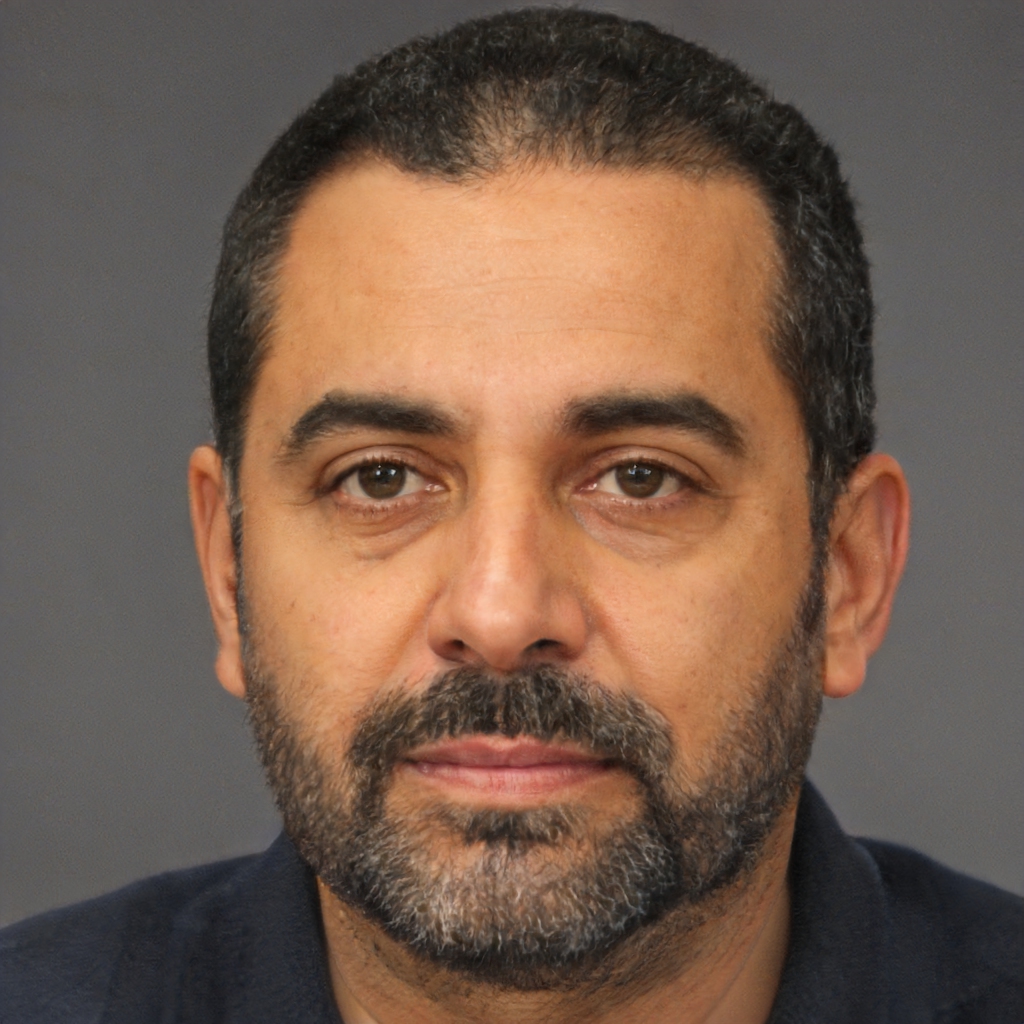Probability is a branch of mathematics that deals with the analysis of random phenomena. The central idea of probability is that of a mathematical model for describing a random process or phenomenon. Probability theory is used extensively in the fields of statistics, machine learning, and artificial intelligence.
How do I calculate probability?
There is no one answer to this question as the calculation of probability depends on the specific situation and data that you are working with. However, there are some general methods that can be used to calculate probability.
One common method is to use the likelihood function. This function calculates the likelihood that a given data point would be generated by a given model. For example, if you have a model that describes how a coin is biased, you can use the likelihood function to calculate the probability that a given coin flip would result in a head.
Another common method is to use Bayesian inference. This approach uses Bayes' theorem to update the probability of a hypothesis given new data. For example, if you have a hypothesis that a coin is fair, you can use Bayesian inference to update the probability of this hypothesis after observing a number of coin flips.
There are many other methods for calculating probability, and which one you use will depend on the specific situation and data you are working with.
What are the 4 types of probability?
There are four types of probability, each of which uses a different method to calculate the probability of an event occurring:
1. Classical probability – this is the most basic type of probability, and is calculated by taking the number of favourable outcomes and dividing it by the total number of possible outcomes. For example, if you were calculating the probability of a coin landing on heads, you would take the number of heads (1) and divide it by the total number of outcomes (2).
2. Empirical probability – this type of probability is calculated by observing the results of an experiment over a period of time and then using those results to calculate the probability of an event occurring. For example, if you were observing a coin being flipped 100 times and it landed on heads 50 times, you would calculate the probability of a head by taking 50 (the number of heads) and dividing it by 100 (the total number of flips).
3. A priori probability – this type of probability is calculated by using prior knowledge to calculate the likelihood of an event occurring. For example, if you knew that a coin was biased so that it landed on heads 60% of the time, you would use that information to calculate the probability of a head by taking 60 (the percentage of times it would land on heads) and dividing it by 100 (the total number of possible outcomes).
4. Subjective probability – this type of probability is based on an individual’
What are the 3 rules of probability?
1. Probability is a measure of the likelihood of an event occurring.
2. The probability of an event occurring is always between 0 and 1.
3. The sum of the probabilities of all possible events must equal 1.
What is basic probability?
Probability is a branch of mathematics that deals with the analysis of random phenomena. The basic idea of probability is to quantify the likelihood of an event occurring. Probability theory is used to model and analyze a variety of random phenomena, such as the roll of a die or the occurrence of an earthquake.
Probability theory is based on the concept of a random variable, which is a mathematical object that can take on a range of values, each with a corresponding probability. The probability of a random variable taking on a particular value is called the probability mass function (PMF) of the random variable. The PMF of a random variable can be used to calculate the probability of various events occurring.
Probability theory is a powerful tool that can be used to model and analyze a wide variety of phenomena. However, it is important to remember that probability is a mathematical model, and as such, it is subject to the limitations of any other mathematical model. Probability theory cannot predict the outcome of a random event with 100% accuracy, but it can provide a quantitative measure of the likelihood of an event occurring.
